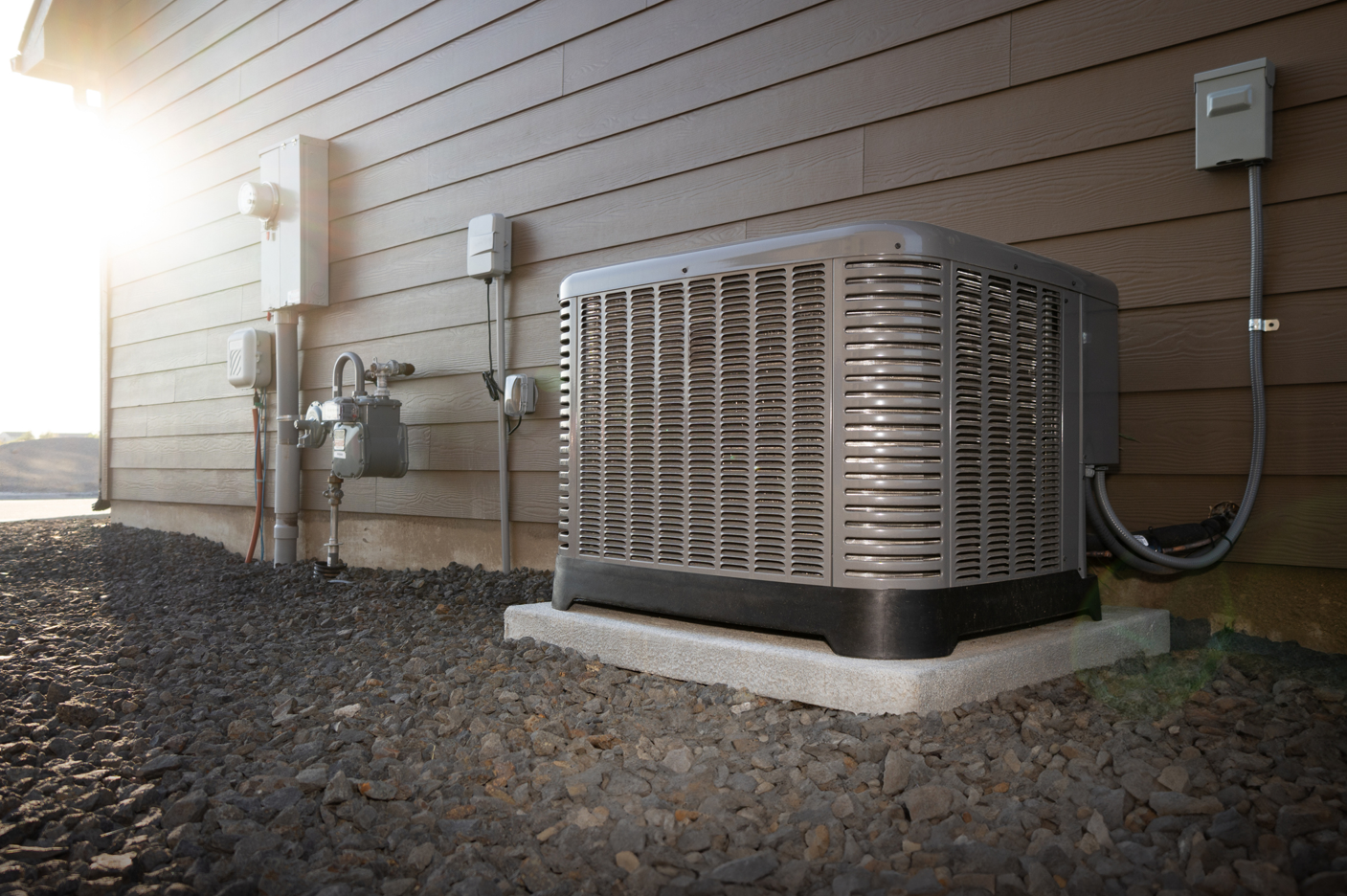An intense August heat wave this summer significantly impacted Ontario's power grid. During the heat wave, electricity usage reached its second-highest peak since 2013, with demand nearing 25,000 megawatts. That’s only a stone’s throw away from Ontario’s record summer peak high of 27,005 megawatts back on August 1, 2006.
The surge in demand is attributed to residents and businesses "cranking up their AC" to stay cool. The Independent Electricity System Operator (IESO) reported that the power grid was pushed close to its operational limits, though it successfully managed to keep the lights on. Looking forward, the IESO forecasts a dramatic increase in electricity demand by 2050, predicting a 75 per cent rise, partly due to the growing transition to electric devices and systems.

Ottawa’s capacity heats up
As the crisp air of fall settles in, we can look back at a summer that put Ottawa's electricity grid to the test. With 22 days of temperatures at or above 30 degrees Celsius right here in Ottawa, the data from this past summer tells a clear story of growing demand in the capital.
In Ottawa, the highest peak demand day occurred on June 23rd this year, hitting a high of nearly 1680 MW. While we’re still crunching our historical numbers, our preliminary records show it’s the highest day we’ve seen in Ottawa in a decade. This record was directly correlated with a heat wave that saw temperatures soar to 35°C with a humidex of 46°C, proving that extreme weather events are the primary driver of these consumption spikes.
The increased use of air conditioning during those scorching days drove a significant spike in electricity consumption. This rise in demand shows just how essential a modern, robust grid is. While the heat waves certainly pushed our power grids to their limits, they also highlighted the great progress being made to adapt. There was a time not that long ago when Hydro Ottawa and other utilities across the province made pleas to the public to reduce their electricity usage and conserve energy during heat waves in order to avoid brown outs and black outs.
This summer wasn't just a test of our grid’s capacity; it was a testament to our ongoing commitment to continuous maintenance and investments in building a more resilient and sustainable energy future for Ottawa.

Air conditioning season brings cooler heads
The data confirms that longer heat waves lead to sustained high demand. As the heat persists, our homes and buildings absorb more heat, requiring cooling systems to run for longer periods and use even more energy to maintain a comfortable temperature.
Widespread use of air conditioning and other cooling systems drives electricity demand during heat waves, putting strain on parts of our grid. Our dedicated teams work tirelessly behind the scenes to manage this, by constantly monitoring the system, rerouting power, and postponing planned maintenance to safely meet the increased demand. Building on our experience from the first heat waves of the season, we make adjustments to system configurations. These changes remain in place all summer, allowing us to be better prepared for subsequent heat events and avoiding the need for repeated modifications. These proactive approaches help us navigate these challenges and keep the power flowing without interruption, whilst ensuring residents can have power to safely keep cool during extremely hot and humid days.
So, what's the real impact of air conditioning? While we don't have a specific local number for Ottawa, the Independent Electricity System Operator (IESO) states that on hot summer days, air conditioning accounts for one-third of Ontario's total electricity usage. This is a stark difference from a province like Quebec, where electric heating is more common, causing their demand to peak in the winter. For Ontario, hot and humid summer days are when the grid feels the most pressure, highlighting how our climate and lifestyle choices directly influence our energy needs.
That being said, according to the IESO’s 2025 Annual Planning Outlook, published in April this year, Ontario is on track to becoming a dual-peaking province; meaning that due to EV charging and commercial greenhouses that use high-intensity lighting systems to grow crops year-round, our winter peak is expected to rise to the same magnitude as our hot and humid summers.
While clouds may form, Ottawa’s future is bright
Ultimately, this past summer was a powerful reminder of the direct link between extreme heat and energy consumption, and the challenges and opportunities ahead. While the record-breaking heat tested our electricity grid, it also showcased the resilience of our system and the crucial role that strategic upgrades play in securing our energy future. As we continue to experience the effects of a changing climate, a robust, modern grid isn't just a convenience, it's a necessity.
It's a testament to a resilient grid, but also to a community that understands its role in managing demand. Simple actions, like charging an EV overnight, drying clothes on a line, or using smaller appliances, collectively reduce strain on the system during peak hours. Furthermore, residents and businesses with solar panels also play a critical role, generating their own power and offsetting demand on the grid precisely when it's most needed. In fact, we’ve seen a 70 per cent increase year-over-year in the number of residential customers installing rooftop solar panels.
It’s through these ongoing efforts that we can ensure our community remains powered, no matter what the temperature brings.